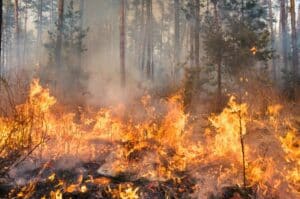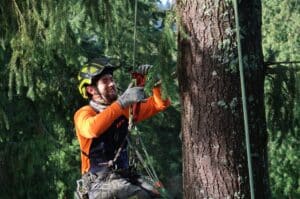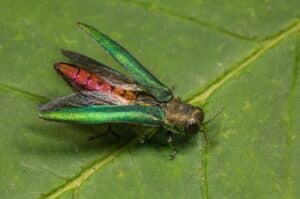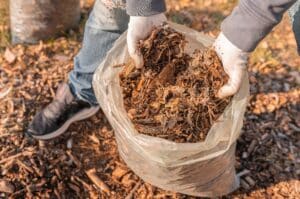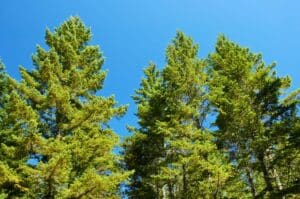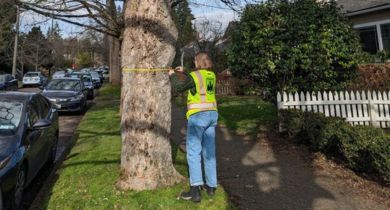Seattle’s 2023 Tree Protection Ordinance Update
DISCLAIMER: The information below is an overview of the May 23 amendments to Seattle’s Tree Protection Ordinance that includes the most important aspects for the average property owner. This is not an exhaustive translation of the ordinance or of Seattle’s Municipal Tree Code.
Yesterday, May 23, 2023, Seattle City Council voted on amendments to Seattle’s Tree Code, which was previously updated in November of 2022.
The November 2022 updates included the creation of a tree service provider registry and a public notice system to report certain tree work. The May 23 vote amended the tree code to allow for more arboricultural nuance and to keep more trees from removal based on their size, species, and quantity.
These amendments will go into effect in 60 days (July 23, 2023).
What Hasn’t Changed
The following aspects of the ordinance remain unchanged based on the May 23 vote and still must be observed for full compliance with City code:
- Property owners are required to hire a registered tree service provider for what the City defines as “reportable work”
- A public notice must be submitted through the Seattle Services Portal for all instances of “reportable work,” notice must be physically posted on a job site once work has started and remain posted for 5 days after work is completed
- Public notice for pruning must be submitted three business days prior to work commencing and
- Public notice for removal must be submitted six business days prior to work commencing
Major Tree Protection Changes from May 2023
Below is an outline of the major changes from yesterday’s vote that will impact residential property owners in Seattle:
- The definition of “reportable work” for pruning has changed to the pruning of any live branch 4 inches in diameter or more, or removal of more than 25% of a tree’s live canopy
- Pruning trees maintained as hedges are no longer included in the scope of “reportable work”
- A new tiered system that regulates trees based on size will replace the current “Exceptional” and “Significant” designations
The Tiered System
The new tiered system includes four tiers with the most protected trees starting at Tier 1.
Tier 1
Tier 1 trees include what were previously called “Heritage trees,” which is a special designation based on the Seattle Department of Transportation (SDOT) & Plant Amnesty’s Heritage Tree Program. These trees are nominated by the community to be protected based on their cultural significance.
>> Tier 1 trees cannot be removed unless they present a high safety risk to people, are in conflict with infrastructure, or prevent ADA requirements.
Tier 2
Tier 2 trees include what have previously been called “Exceptional trees.” Previously, most trees were additionally protected at a 30-inch diameter at standard height (DSH) with some species and environments protected at a smaller DSH.
Now, with the May 2023 Code changes, Tier 2 trees include most trees at a 24-inch DSH or greater with some species being protected at a smaller size or in a specific environment called a “grove,” which is eight or more trees with overlapping canopies.
>> Tier 2 trees cannot be removed outside of development unless they present a high safety risk to people, are in conflict with infrastructure, or prevent ADA requirements.
Tier 3
Tier 3 trees include trees with a DSH of 12 to 24 inches.
Tier 4
Tier 4 trees include trees with a DSH of 6 to 12 inches.
>> Tier 3 and Tier 4 are newly designated classifications of trees. In most building zones, property owners can remove no more than two Tier 4 trees in a three-year period.
Allowances (Exceptions)
The amendments voted on May 23, 2023 make removal allowances for:
- Certain invasive and nuisance species
- Trees infested with pest, pathogens, or insects when approved by the Seattle Department of Construction and Inspection (SDCI)
- Properties with more than 40% canopy coverage, as approved by the SDCI
Replacement of Removed Trees
All Tier 1, 2, and 3 trees must be replaced if removed. For more information about tree replacement options, check out our friends at Big Trees Nursery and this very helpful tree selection tool from SDOT.
Caring for our Urban Forest
At Seattle Tree Care, our team of ISA Certified Arborists study the code to stay well-versed on Seattle’s tree care rules so we can stay in compliance with all aspects of Seattle law.
We are here to help you navigate Seattle’s Tree Code as it applies to you and your trees. You can contact our office with specific questions or schedule a free visit from one of our ISA Certified Arborists to assess your current tree project.
Overall, hiring a Certified Arborist to care for your trees is the best way to ensure we have a vibrant urban forest. Arborists understand how to balance what a tree needs with the challenges of its environment. At Seattle Tree Care, we want to partner with you to help preserve your trees for years to come.
Recent Articles
SEE MORE ARTICLES FROM OUR b(LOG)
Looking for More?
We've got you covered with tips, resources, updates, how-to's, and other helpful information about trees and landscapes in Seattle, Puget Sound, and King County, WA. Join the thousands of smart local residents who get the monthly newsletter from Seattle Tree Care for helpful information you won't want to miss!
There's no spam - we promise! We are committed to keeping your e-mail address confidential. We do not sell, rent, or lease our contact data or lists to third parties.


